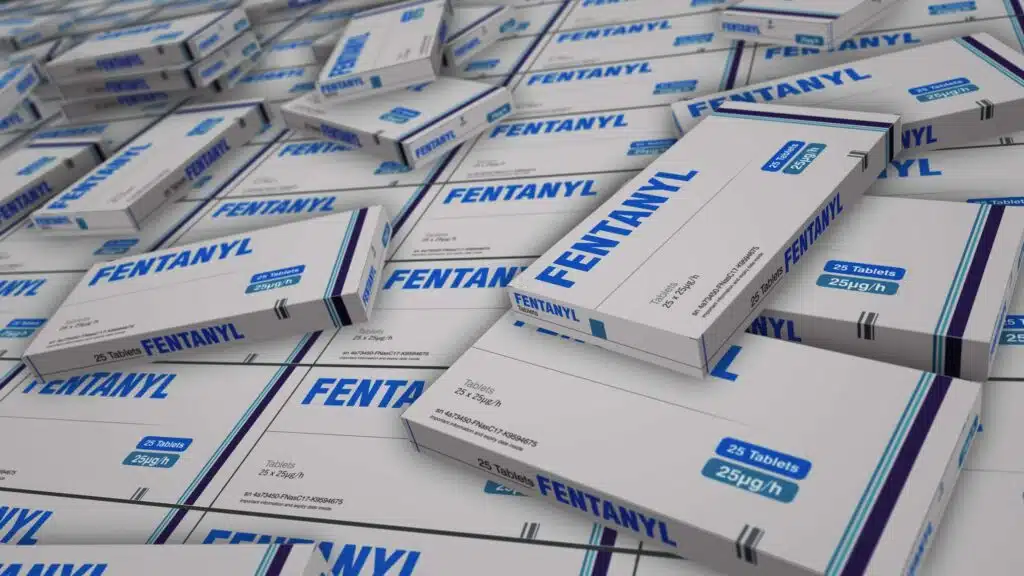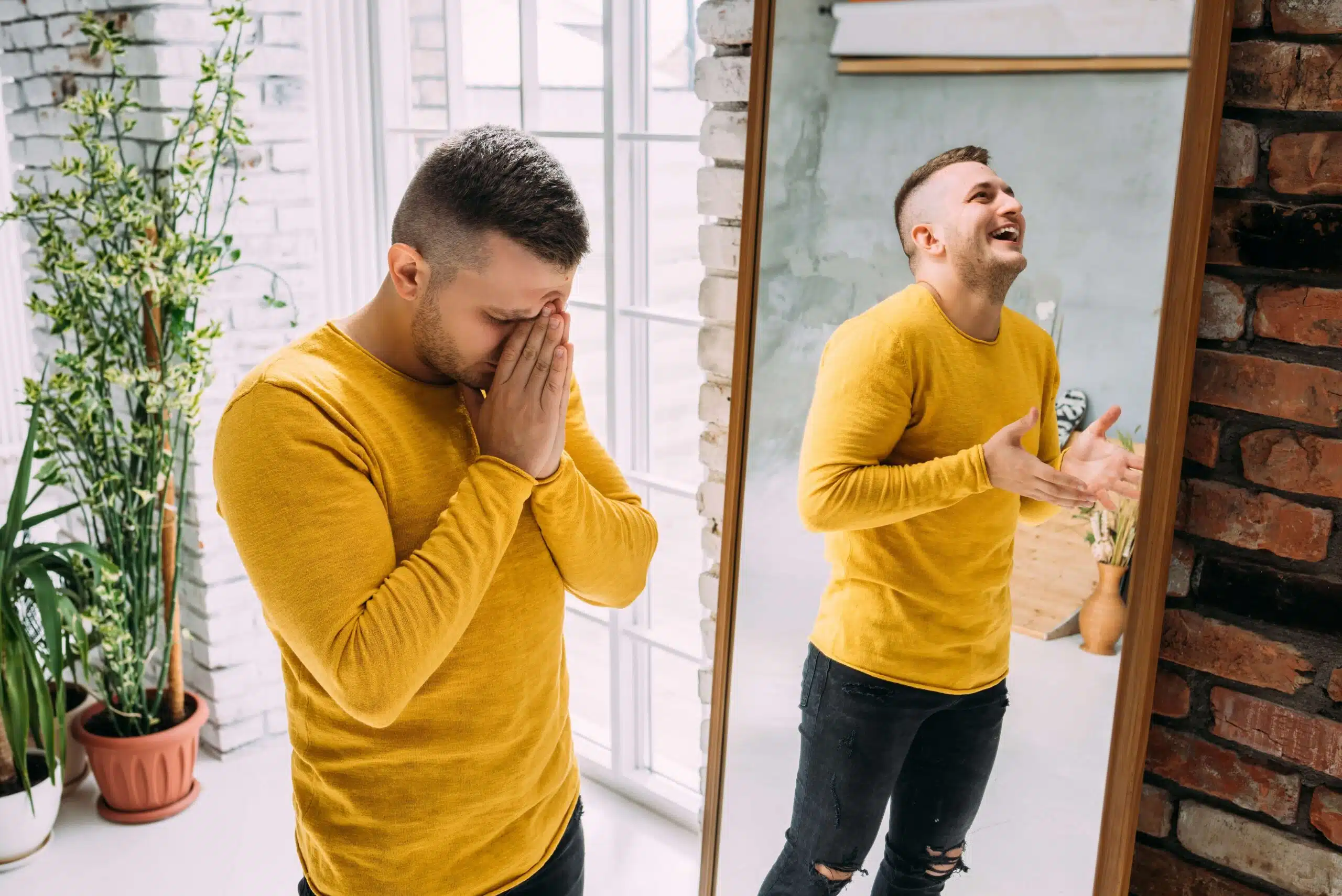Fentanyl Side Effects: The Risks & Realities
Fentanyl is a powerful synthetic opioid analgesic, similar to morphine but significantly more potent—50 to 100 times stronger. While it has legitimate medical uses, such as managing severe pain, its high potency also brings a range of potential side effects and risks, especially when misused. This article delves into the various side effects of fentanyl, both in medical settings and when used illicitly, to provide a comprehensive understanding of its impact on health.nida.nih.gov

Medical Use of Fentanyl
In clinical settings, fentanyl is prescribed to treat severe pain, particularly in patients who are tolerant to other opioids or those undergoing major surgery. It works by binding to the body’s opioid receptors, which are found in areas of the brain that control pain and emotions. This binding alters the perception of pain and can produce feelings of euphoria.
Common Side Effects
Even when used as prescribed, fentanyl can cause several side effects. Commonly reported ones include:
- Nausea and Vomiting: Many patients experience gastrointestinal discomfort.
- Constipation: Opioids, including fentanyl, often slow bowel movements, leading to constipation.
- Drowsiness: A sedative effect is typical, which can impair daily activities.
- Confusion: Some individuals may experience cognitive impairments or confusion.
- Dry Mouth: Reduced saliva production is a common complaint.
These side effects are generally manageable under medical supervision.
Serious Side Effects
More severe side effects require immediate medical attention:
- Respiratory Depression: Fentanyl can slow breathing rates, potentially leading to respiratory arrest.
- Bradycardia: A slower-than-normal heart rate can occur.SAMHSA
- Muscle Rigidity: High doses may cause muscle stiffness, particularly in the chest and abdominal areas.
- Serotonin Syndrome: When combined with certain medications, fentanyl can lead to this potentially life-threatening condition.
These serious side effects highlight the importance of using fentanyl strictly as prescribed and under medical supervision.

Illicit Use and Associated Risks
Illicitly manufactured fentanyl has become a significant public health crisis. Its high potency increases the risk of overdose, especially when individuals are unaware they are consuming it, as it is often mixed with other drugs. Just 2 milligrams of fentanyl, equivalent to 10 to 15 grains of table salt, is considered a lethal dose. Symptoms of a fentanyl overdose include:
- Altered Pupil Size: Constricted or “pinpoint” pupils.
- Clammy Skin: Cold and sweaty skin.
- Cyanosis: Bluish tint to lips and fingernails due to lack of oxygen.
- Unconsciousness: Inability to wake or respond.
- Respiratory Failure: Slow or stopped breathing.
Immediate administration of naloxone (Narcan) can reverse these effects, but multiple doses may be necessary due to fentanyl’s potency.
Recent Incidents and Public Health Concerns
The dangers of fentanyl are underscored by recent events:
- California Drug Bust: In November 2024, authorities seized over 66 pounds of fentanyl-laced pills, enough to potentially kill a quarter of California’s population.
- Personal Tragedies: Stories like that of Evan B. Harris, a promising artist who succumbed to fentanyl addiction, highlight the drug’s devastating impact on individuals and communities.
How Lifescape Recovery Can Help
Fentanyl addiction is dangerous and life-threatening, but recovery is possible with the right support and treatment. At Lifescape Recovery, we provide comprehensive, evidence-based care to help individuals overcome fentanyl dependence and regain control of their lives.
Our Treatment Programs Include:
✅ Medical Detox & Withdrawal Management – Fentanyl withdrawal can be severe and life-threatening. Our medical team provides 24/7 supervision to ensure a safe, comfortable detox process.
✅ Intensive Outpatient Program (IOP) – Our structured outpatient care allows clients to receive high-quality addiction treatment while maintaining work, school, and family responsibilities.
✅ Partial Hospitalization Program (PHP) – A more intensive level of care for those needing structured therapy, medical supervision, and comprehensive support.
✅ Medication-Assisted Treatment (MAT) – FDA-approved medications such as buprenorphine and naltrexone help manage cravings and prevent relapse.
✅ Cognitive Behavioral Therapy (CBT) & Dialectical Behavior Therapy (DBT) – Teaching coping strategies, emotional regulation, and relapse prevention skills.
✅ Group Therapy & Peer Support – A safe space for sharing experiences, building connections, and learning from others in recovery.
✅ Holistic & Trauma-Informed Care – Addressing the underlying causes of addiction, including mental health conditions, trauma, and stress.


Why Choose Lifescape Recovery?
✔ Personalized Treatment Plans – Every individual’s journey is unique, and we tailor our approach to meet specific needs and goals.
✔ Expert Medical & Clinical Team – Our experienced doctors, therapists, and counselors specialize in opioid addiction treatment.
✔ Supportive, Judgment-Free Environment – We provide a safe, compassionate space for healing and recovery.
Published: March 01, 2025
Last Updated: June 01, 2025

Published: September 26, 2025
Understanding Personality Disorder Clusters: Personality Disorder Cluster A, B, and C
Personality disorders are long-standing patterns of behavior, thoughts, and emotions that can create difficulties in relationships, work, and daily functioning. Instead of being flexible and adapting to life’s situations, these patterns remain rigid and cause distress. The DSM-5 (Diagnostic and Statistical Manual of Mental Disorders, Fifth Edition) organizes personality disorders into three groups, called clusters. […]
Read more
Published: September 05, 2025
Understanding Borderline Personality Disorder (BPD): Causes, Symptoms and Treatment
Borderline Personality Disorder (BPD) is a complex and often misunderstood mental health condition marked by intense emotional instability, turbulent relationships, and an overwhelming fear of abandonment. As a Cluster B personality disorder, BPD can make everyday life feel chaotic and overwhelming—but with tailored therapy, individuals can learn to regulate emotions, build meaningful connections, and thrive. […]
Read more
Published: August 24, 2025
Understanding Histrionic Personality Disorder (HPD): Causes, Symptoms and Treatment of HPD
Histrionic Personality Disorder (HPD) is more than being dramatic—it’s a serious mental health condition that can disrupt relationships, careers, and self-esteem. Belonging to Cluster B personality disorders, HPD is marked by attention-seeking behavior, shallow but intense emotions, and a constant need for approval. Left untreated, it often creates cycles of frustration and conflict, but with […]
Read more
